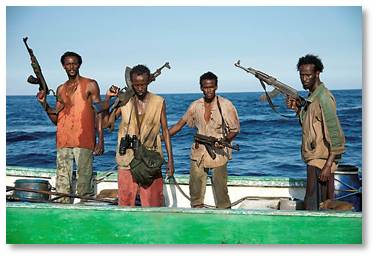Things happen, the news changes, the world moves on. Here is an update on three previous posts in The Next Phase Blog that bring you up to date on the latest developments.
Checkup on MERS Coronavirus
Update: Four new cases of the MERS Coronavirus have been reported to the World Health Organization, including the first reported case in Oman. So far, none of the infected people have been connected to the 2013 Hajj. We may be in the clear for now, which would be a huge relief.
In the meantime, Gautam Naik reports in The Wall Street Journal that bats are the most likely source of SARS, which is also a coronavirus. The article, “Study: Bat-to-Human Leap Likely for SARS-Like Virus,” notes that bats also appear to be able to transmit this virus directly to humans. Local bats might be a source of the MERS CoV but that has not been confirmed.
Stay Away from the Bats
Nevertheless, it would seem wise for folks in Asia and the Middle East to avoid contact with bats. Most of us do that anyway because they also carry the rabies virus. In Asian’s wildlife markets, however, particularly in southern China, bats are sold for food. This puts them in direct contact with the hunters who capture them in the wild as well as the people who purchase live bats for dinner.
Publicizing the fact that bats can transmit a coronavirus directly to humans might cause some people to think twice about participating in this process, however. That would be a good thing for the bats, of course. It would also be a good thing for humans because (1) it would distance us from the source of the virus and (2) it would allow more bats to proliferate in the wild where they eat insects. Insects eat or spoil food grown for human consumption, so the fewer hungry insects, the better.
Update on Captain Phillips: Hard Lessons in Risk and Reward
Update: Another article in @WSJ, “Arming Captain Phillips” by John-Clark Levin reports that the United States, the United Kingdom, Greece, Norway, and other maritime countries have since 2011 been allowing merchant vessels to, “carry armed private-security personnel for self-defense in hazardous waters.”
Common-Sense Action
This approach seemed obvious as I watched the movie and I’m glad to see that companies and countries have taken common-sense action to protect merchant crews from armed pirates and their financial backers. Pirates, like bullies, seek out easy prey. Armed security guards change the risk-reward ratio, which make it unprofitable for the on-shore backers who drive the pirate industry. The security teams do this not through firefights on the high seas but by simply making their presence known. Like bullies, the financial backers of the pirates—and the pirates themselves—then seek easier, safer prey.
Mr. Levin notes that private security for a ship traversing a high-risk region costs about $30,000. That’s a fraction of the millions per ship that the pirates were extorting from shipping companies.
The result? “Successful hijackings off Somalia fell by half to 14 in 2012 from 28 in 2011, and overall attacks dropped to 75 from 237. Through the third quarter of 2013, there have been just 10 incidents, with two hijackings.” Mr. Naik also reports that, “Nearing the close of 2013, the record remains unblemished: Not a single ship under such protection has been hijacked by Somali pirates.”
Update on Gravity: To See It Is to Be in Space
Canadian Astronaut Chris Hadfield became famous when his International Space Station performance of David Bowie’s Space Oddity went viral on YouTube. Last week he was interviewed on CBS This Morning about that performance, which has been viewed over 18 million times, and about his new book, An Astronaut’s Guide to Life on Earth: What Going to Space Taught Me About Ingenuity, Determination, and Being Prepared for Anything.
Forget the Nonsense
In their discussion of the movie Gravity, Charlie Rose, Gayle King, and Norah O’Donnell wanted to waste time on nonsense like what Sandra Bullock was wearing under her space suit (Really!). What Mr. Hadfield talked instead about was how beautiful the earth is when seen from space. He said that astronauts prepare meticulous and continuously for every possible action and contingency including “what can kill me next.” But nothing in all of their training prepares them for is the spectacularly beautiful images of earth spinning beneath them. And it “goes roaring by” at about 500 miles per second.
He also said that the movie was the closest to being in space that he had ever seen. That’s how I felt when I saw Gravity but I have never actually been there and I’m happy to have a real expert agree.




So true about gravity and about the inane talking heads!